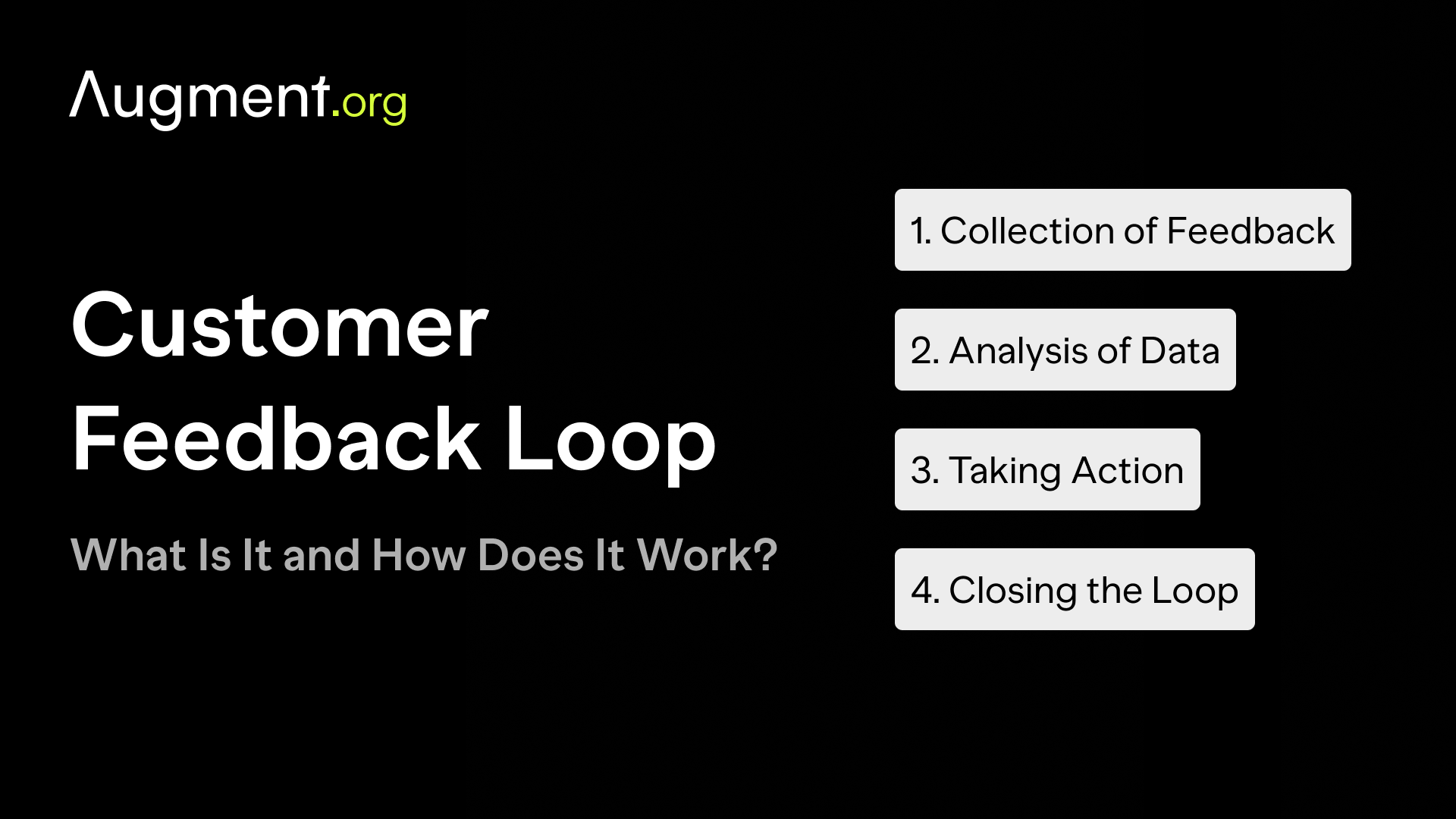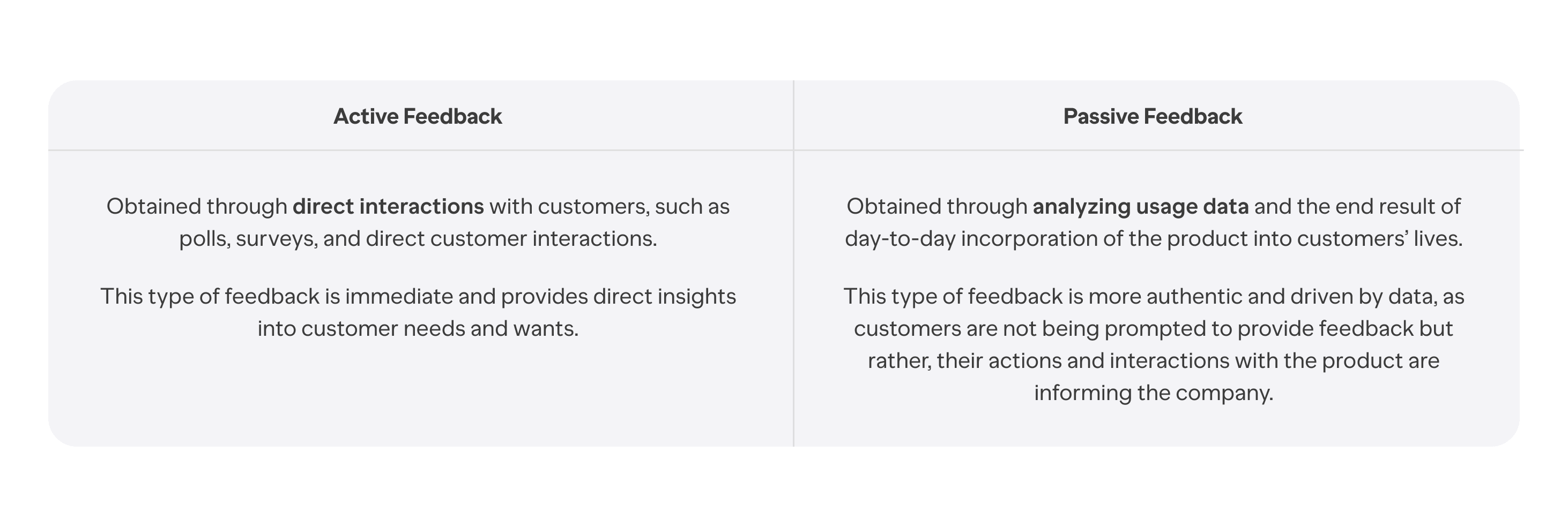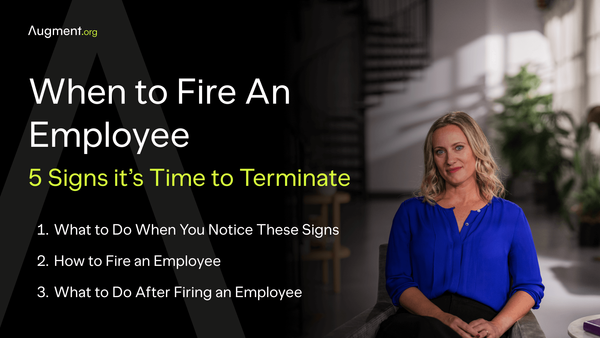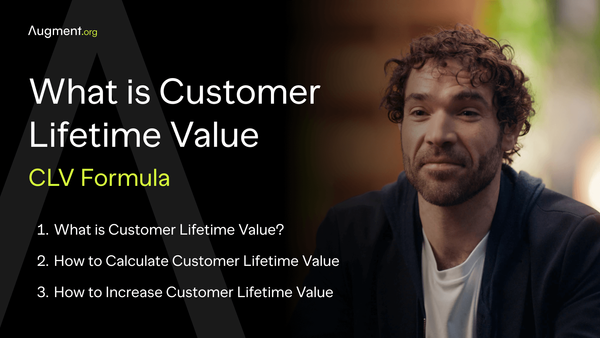Customer Feedback Loop: What Is It and How Does It Work?
The customer feedback loop is probably one of the most important strategies for big companies. It is a continuous cycle of collecting, analyzing, and acting on customer feedback to make real changes and encourage growth.

What is a Customer Feedback Loop?
A customer feedback loop is a planned way to collect customer feedback, process it, and use it to improve products, services, and the general customer experience. It's a cycle in which you actively ask customers for their thoughts, experiences, and ideas and then use that data to make choices and improvements based on facts.
A feedback cycle has three main parts: input (getting feedback from customers), processing (looking at the data and figuring out what it means), and output (acting on what you've learned). By repeating these stages, businesses can build a positive feedback loop that keeps them in touch with what customers want and expect.
The Four Stages of a Customer Feedback Loop
It's important to know the four important steps that make up a feedback loop to get the most out of customer input:

The Role of Technology in Customer Feedback Loops
Technology is key to making customer feedback loops more efficient and effective in this digital age. Software for managing customer feedback can automatically gather, analyze, and act on customer data. This saves time and resources and gives a more complete picture of the customer experience.
These tools can connect to current business and CRM systems, smoothing data flow and allowing people from different departments to work together. Automated feedback collection and analysis can also help find patterns and trends that people might miss when doing things by hand, giving a more accurate picture of how customers feel.
Best Practices for Implementing a Customer Feedback Loop
Consider the following best practices to make sure that your efforts to get customer comments are successful:
- Make your goals and measurements clear: Plan what you want your feedback loop to do and how you will track its progress. This could include things like net promoter scores, customer happiness scores, or specific changes that are made to the product or service.
- Make cross-functional teams work together: It's essential to break down barriers between teams and encourage them to work together to turn feedback into action. Ensure that everyone, from people who make products to people who help customers, is working towards the same goals.
- Review and improve the process regularly: There is no such thing as a one-time feedback loop. Check how well your feedback systems, research methods, and action plans are working constantly, and make changes as needed.
- Make customer comments a part of your business's culture: Customer comments should be essential to running your business. Share customer stories, celebrate wins, and praise people and groups that go the extra mile to act on customer insights.
The Impact of Customer Feedback Loops on Business Growth
Setting up a strong feedback loop for your customers can significantly affect your business's growth and success. By paying attention to and acting on what your customers say, you can:
Make customers happier and more loyal: If they feel heard and valued, they are likelier to stay with your business and tell others about it.
Look for ways to improve the product or service: Customer feedback can help you stay ahead of the competition by revealing pain points, unmet needs, and areas for improvement.
Stay competitive and drive innovation: You can change and adapt your products to meet new needs by monitoring market trends and customer tastes.
Addressing customers' complaints and continually improving the experience will help you reduce customer turnover and build long-term relationships with them.
Finally, build an atmosphere that prioritizes the customer. Putting customer feedback at the center of your business can help you stand out from the rest by creating a culture of understanding, responsiveness, and constant growth.
Netflix: A Prime Example of Customer Feedback Loops in the Digital Age
It may surprise you, but if you watched your favorite film or some episodes of your favorite series today on Netflix, you have provided them with feedback. And you would probably think to yourself, "How is it possible? I just clicked on the button play."
Yes, you probably did so, but this massive streaming company has become an expert in listening to its users directly and indirectly.

Netflix continuously gathers information about its users' viewing habits, content ratings, and time spent on the site. This data is like gold for Netflix since it helps them figure out what their customers enjoy and what makes them return for more.
Netflix, however, uses this information for more than just storage. They use it by customizing the experience for every user. Based on your viewing history, Netflix will provide recommendations when you check in. It's like having a personal concierge who is aware of your TV and film preferences.
The feedback loop, however, continues. Netflix also uses this important user data to decide what original content to create. If they observe that a certain genre or show format is well-liked by their audience, they will make more of that kind of content.
The really smart part is this: Netflix constantly interacts with its users to solicit their thoughts and suggestions. To continuously enhance its service, Netflix runs tests, collects user feedback, and examines user behavior.
Netflix cultivates trust and loyalty among its user base by demonstrating that their opinion is acknowledged and considered, thereby closing the feedback loop. And as a result, Netflix has grown into the streaming industry titan it is today.
Therefore, the next time you binge-watch your favorite show on Netflix, keep in mind this: in addition to being entertained, you're also contributing to an intricate customer feedback loop that is influencing the direction of streaming.



